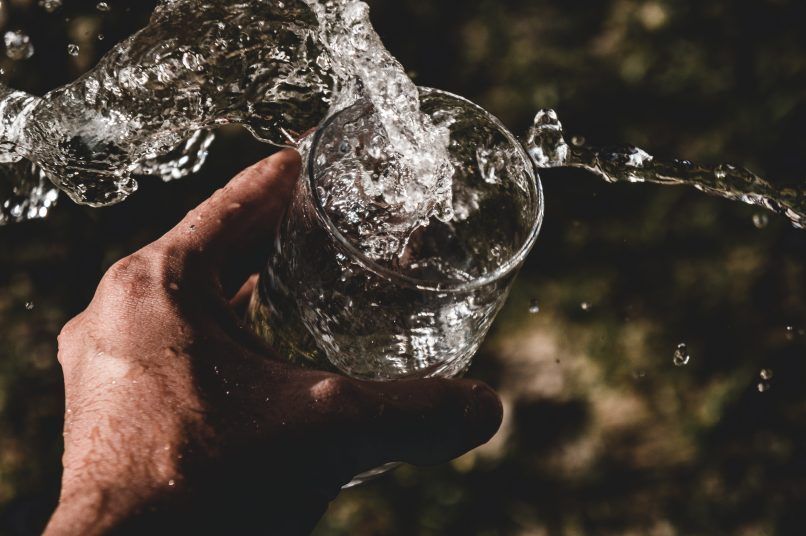
It’s getting hot in herre so here’s a handy guide on how to deal with and avoid heat strokes. Please put your clothes back on.
The summer heat has to ramped up everywhere in Southeast Asia and we’re all desperately searching for the nearest air-conditioned building, vehicle, or receptacle that can cool off at least one part of our body. A danger during these ridiculously hot summer days is heat stroke. Considering how blistering it is, everyone is most likely vulnerable to this phenomenon.
And since we here at LSA care for our audience, we’re giving you some tips on how to make sure you stave off heat stroke, or if it does happen, how to deal with it.
Heat strokes: how to deal with it and how to avoid it
What is a heat stroke?

According to the Centers for Disease Control and Prevention (CDC) website, heat stroke “occurs when the body can no longer control its temperature”. If not treated, it can cause “permanent disability or death”. Just recently here in Thailand, a politician died reportedly due to heat stroke, so if you still think it’s nothing to be worried about, think again.
What are the symptoms of heat stroke?

One of the telltale signs of heat stroke that both the CDC and the UK National Health Service (NHS) have specified is the rise in body temperature without any sweating. Someone’s temperature could rise to 41 degrees Celsius, suffer seizures, and have hot red skin that’s not sweating. Other symptoms include shortness of breath, a lack of coordination, and in severe cases, loss of consciousness.
It should be noted that a heat stroke is not heat exhaustion. Heat exhaustion’s symptoms include irritability, nausea, dizziness, and heavy sweating. Basically, it’s just being really hot, really sweaty, and really angry about it (for good reason).
What do you do if someone sufferers a heat stroke?

First thing’s first: call your local emergency services.
After that, the keyword is “cool”. You need to keep your cool, move the person to a cooler place, and do what you can to cool them off, whether it’s with an ice bath, showering them with cold water, or placing cool cloths on them. The CDC suggests placing the wet cloths on the “head, neck, armpits, and groin”.
How do you avoid heat strokes?

One of the most effective ways to avoid it is to do something you’ve probably been avoiding: hydrating. Drink your damn water. No, I mean it, stop reading this and go drink some water now. That said, it would be good to invest in a tumbler with good insulation so you can have some nice cold water wherever you go.
Here’s another suggestion the NHS gives which you probably won’t like: drink less alcohol. Don’t come at me; the NHS said it.
During these days, outdoor exercise in the middle of the day isn’t advised. Stick to indoor gyms or shaded courts, and again, make sure you hydrate during your workouts.
Finally, the NHS has some advice for when going out and staying in. Going out, wear light-coloured clothing (sorry, emo goths. Perhaps a lighter shade of black?). And for staying in, close your windows and curtains.

